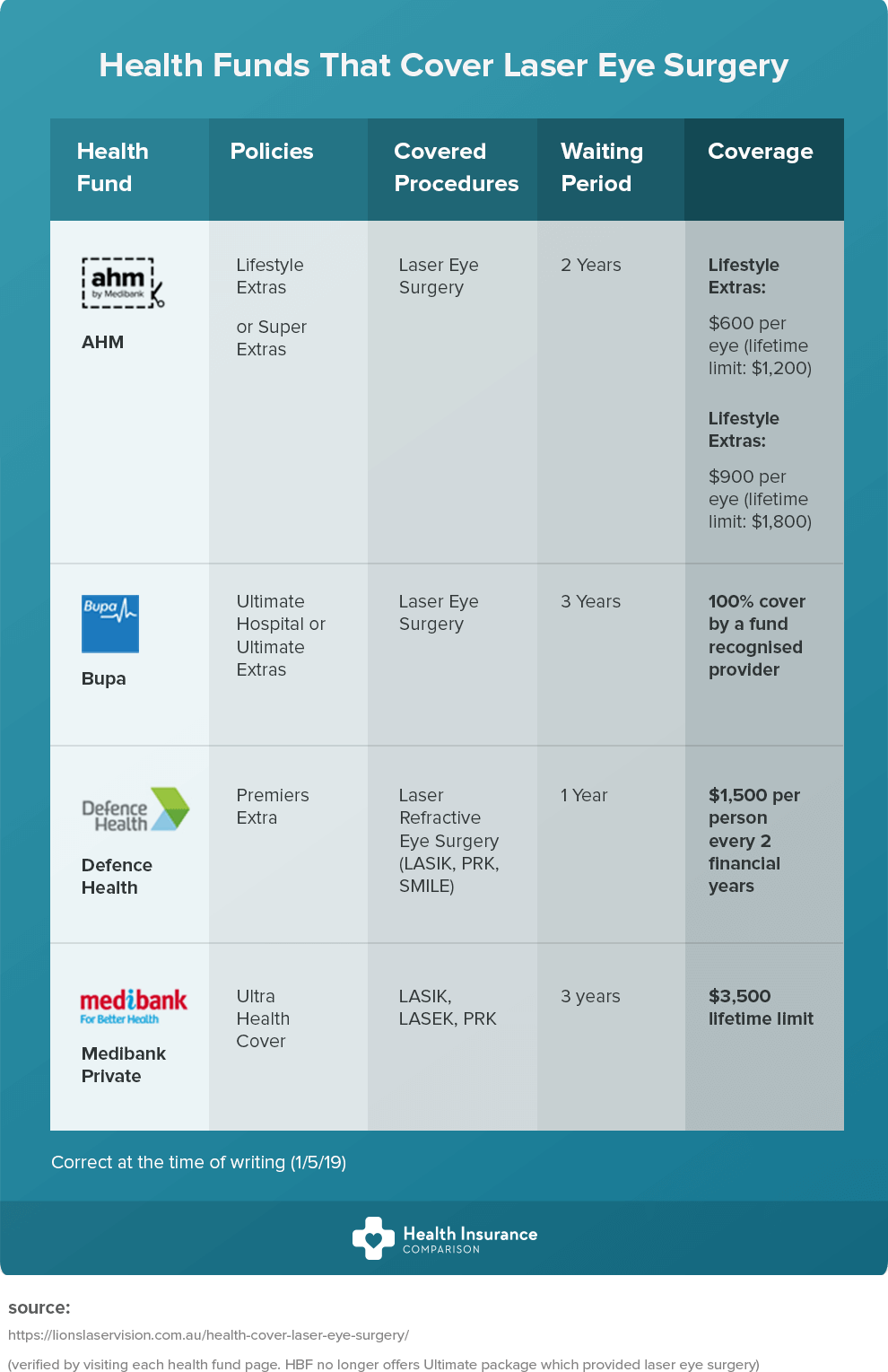When it involves treating completely dry eye, you could find yourself weighing the expenses of in-clinic therapies versus at-home solutions. In-clinic alternatives can be pricey, reaching up to $1,200 a month, while at-home options typically come with little to no cost. However just how do you know which is finest for your circumstance? Recognizing the subtleties of each strategy can aid you make a notified choice. Let's discover what these choices entail.
Comprehending the Costs of In-Clinic Therapies for Dry Eye
When you're thinking about in-clinic therapies for completely dry eye, it's necessary to understand the prices involved. The price can vary substantially based on the treatment type and your area.
Dry Eyes In The Elderly like prescription eye goes down could cost you in between $50 and $150 per month. If you select punctal plugs, anticipate to pay around $200 to $500 for the treatment, plus any follow-up check outs.
Advanced treatments like LipiFlow can vary from $600 to $1,200 per session. Don't forget to examine if your insurance policy covers any of these costs, as this can considerably affect what you end up paying.
Being educated regarding these prices can assist you make a better decision customized to your budget plan and demands.
Exploring At-Home Remedies and Their Affordability
Although in-clinic treatments can be pricey, exploring at-home treatments for dry eye frequently supplies a more economical choice. Many of these treatments are easy and can be easily integrated right into your daily routine.
As an example, using a humidifier adds wetness to the air, which can assist minimize dry eye symptoms without breaking the financial institution. Additionally, non-prescription man-made rips are cost effective and can use fast alleviation.
You could additionally consider warm compresses, which you can make with a tidy cloth and warm water-- an economical and efficient choice. Remaining hydrated by consuming https://www.healio.com/news/ophthalmology/20210716/reuse-of-smile-lenticules-presents-opportunities-and-obstacles of water is an additional cost-free way to sustain eye health.
Considering the Perks and Drawbacks of Each Option
While considering your choices for dry eye therapy, it's essential to consider the advantages and downsides of both at-home remedies and in-clinic treatments.
At-home treatments, like artificial splits and warm compresses, provide comfort and cost-effectiveness, but they mightn't give immediate alleviation for extreme situations.
On the other hand, in-clinic procedures-- such as punctal plugs or specialized treatments-- usually deliver quicker, much more efficient outcomes, yet they can be extra costly and may need numerous check outs.
Furthermore, in-clinic treatments could include a much more complicated procedure, which could be discouraging for some.
Inevitably, your choice should depend upon your signs' seriousness, your budget plan, and your comfort level with each approach.
Evaluating these variables will certainly aid you locate the ideal balance for your completely dry eye alleviation.
Final thought
When it comes to dealing with completely dry eye, you have actually obtained options. In-clinic treatments can be pricey however might supply more instant relief for severe instances. On the other hand, at-home treatments are affordable and can provide comfort without breaking the bank. Eventually, your choice relies on your particular requirements and extent of symptoms. Consider your circumstance meticulously, and don't think twice to seek advice from an expert if you're unclear which strategy is best for you.
